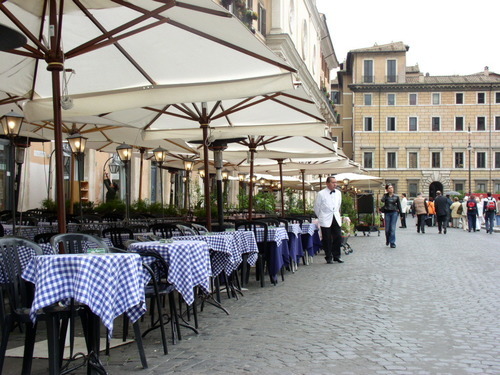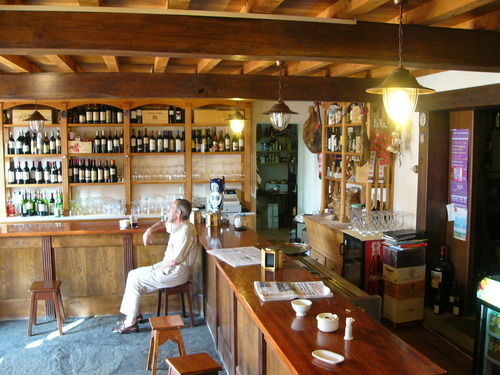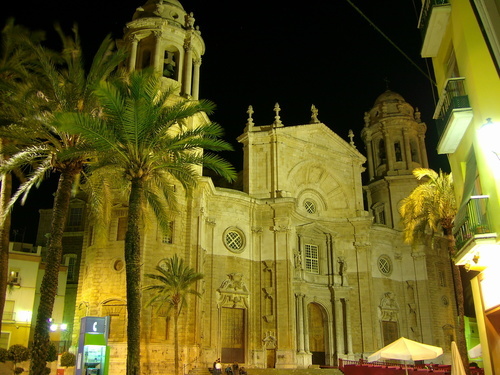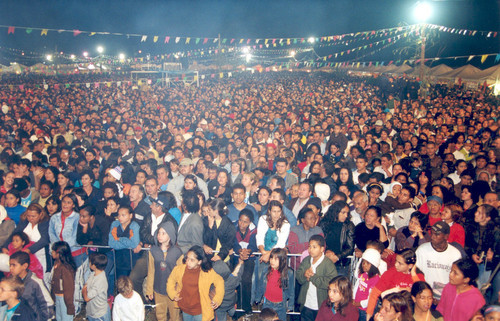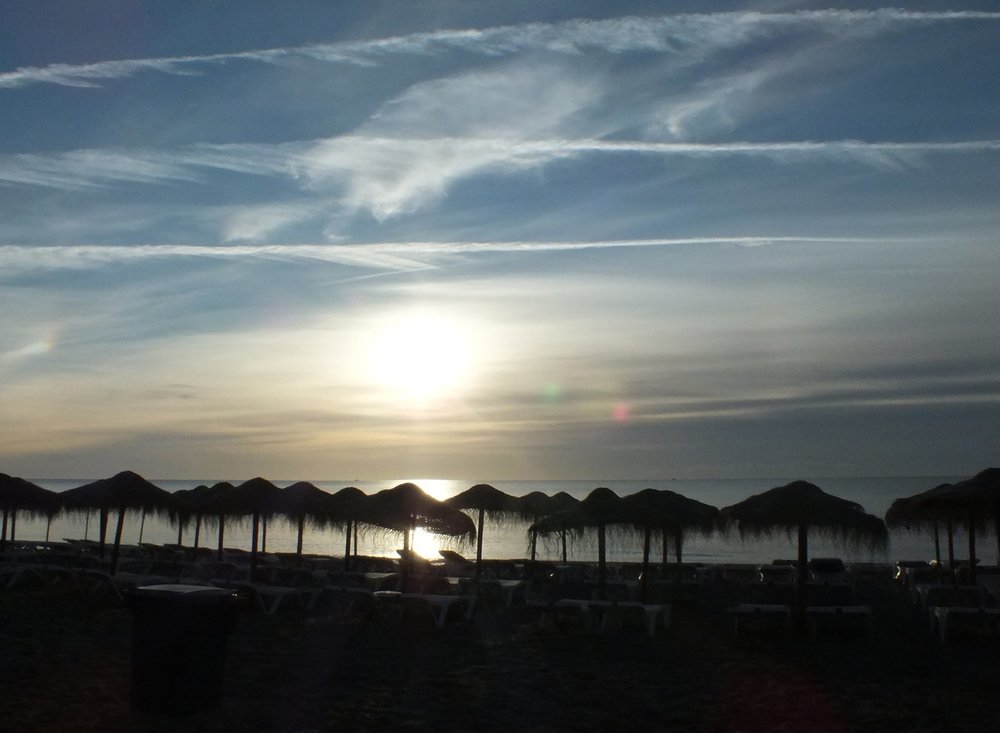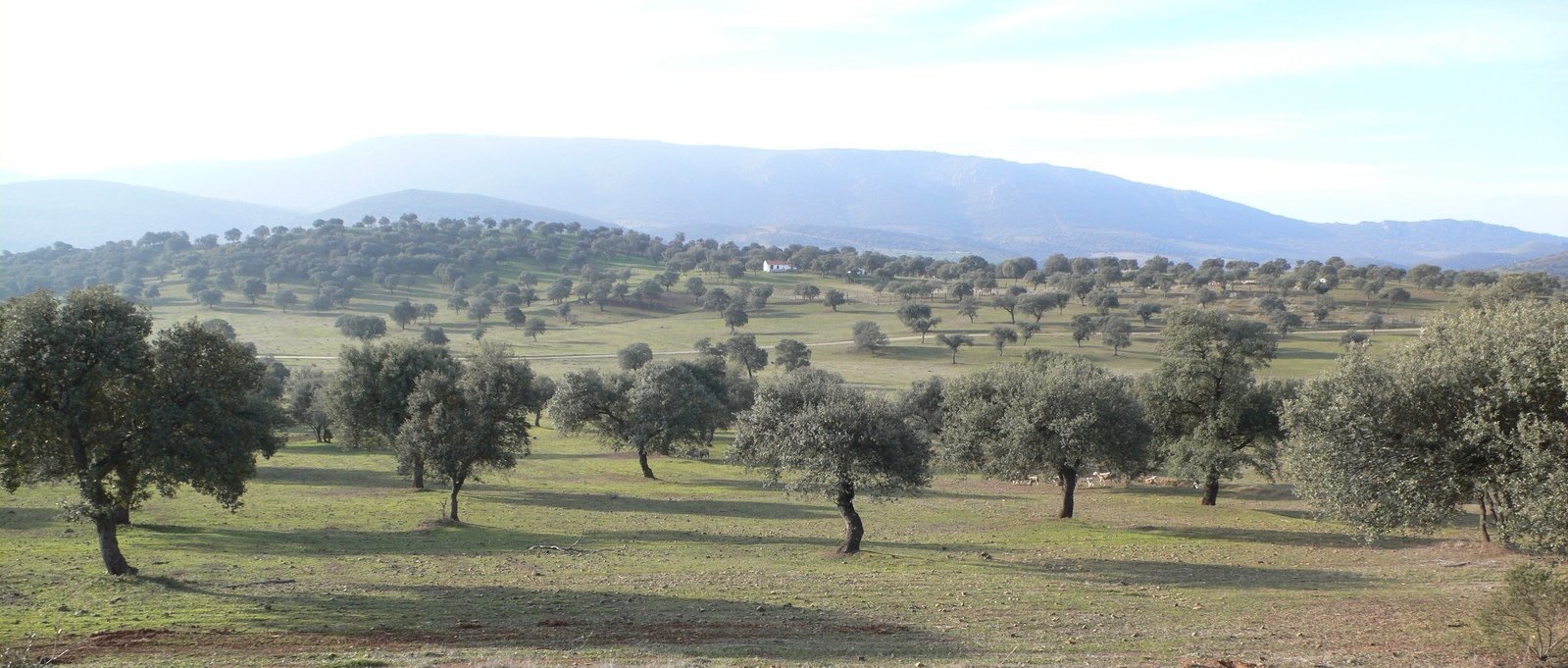The El Classico (Barcelona FC vs Real Madrid FC)
Football around the world is characterised by bitter rivalries, dubbed derbies. One of the biggest derbies is the El Clasico, a derby that pits two of Spain’s most successful sides, Barcelona vs Real Madrid. According to statistics, in 2007, 32% of the Spanish population supported Real Madrid while 25% supported Barcelona.
The History of El Classico
The rivalry between Barcelona and Real Madrid extends beyond football. By the 1930s, Barcelona was considered a symbol of Catalan identity while Real Madrid had Spain’s centralising tendencies.
The rivalry was at its height during the 1943 Copa del Generalísimo semi-finals where Barcelona was humiliated in an 11-1 thrashing in the second leg, after suffering a 3-0 loss in the hands of the Catalans.
Besides the tension during and after the Copa del Generalísimo semi-finals, there have been several other highs, especially in the transfer market.
Among the memorable moments is during the Di Stéfano transfer saga where both clubs claimed to have signed the player. Another twist was the Luis Figo transfer. The player’s agent brokered a $2.4 million deal in which Figo was to sign for Real Madrid if Fiorentino Perez won the election to be president at Bernabeu. Failure to do so, he would pay Perez $30 million. While Figo denied the claims and committed to the club, Barcelona could not take the $30 million hit. Figo had to sign for Real Madrid!
When it comes to the pitch, the rivalry is intense. Barcelona enjoys the most wins against their foe, 115 wins against 101 wins in 278 matches, as of January 2020. In recent years, Cristiano Ronaldo and Lionel Messi have amplified the feud. The two have had successful careers and have an ongoing feud on who is the greatest of all time.





